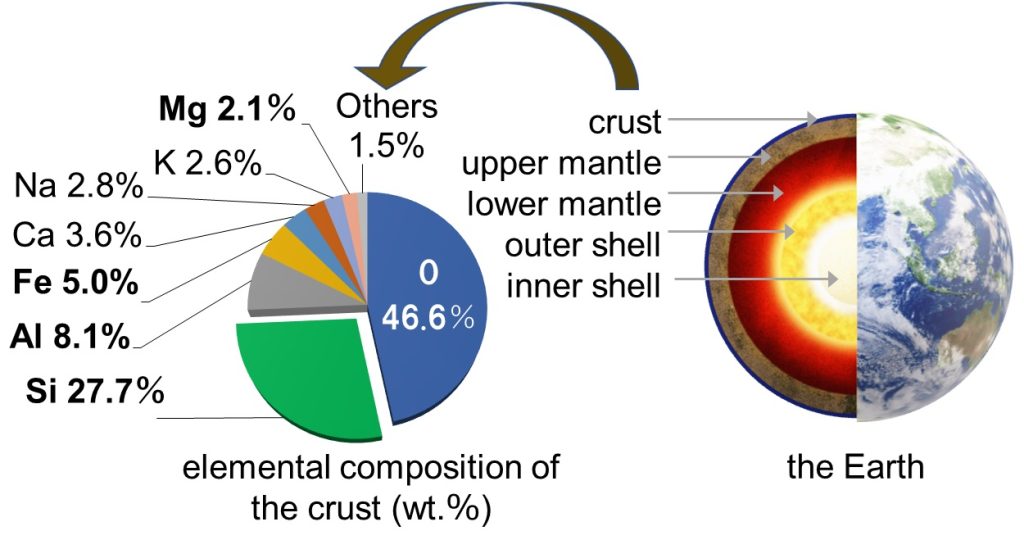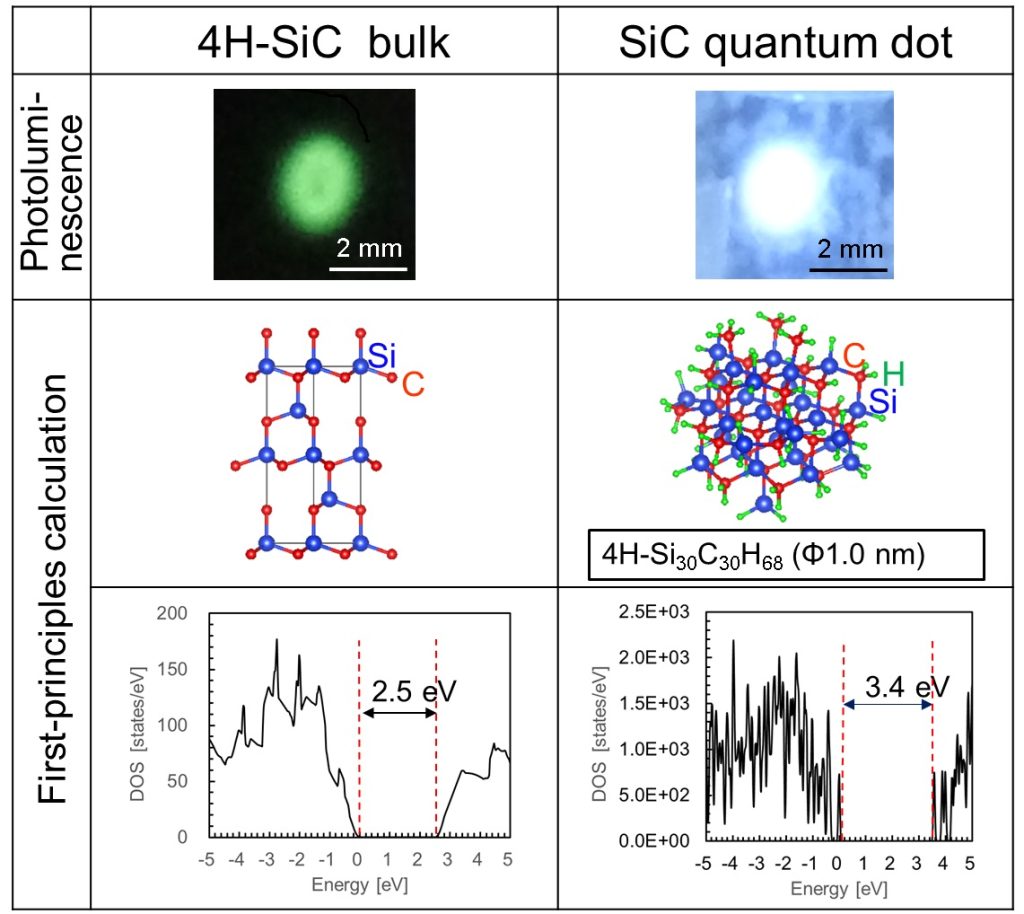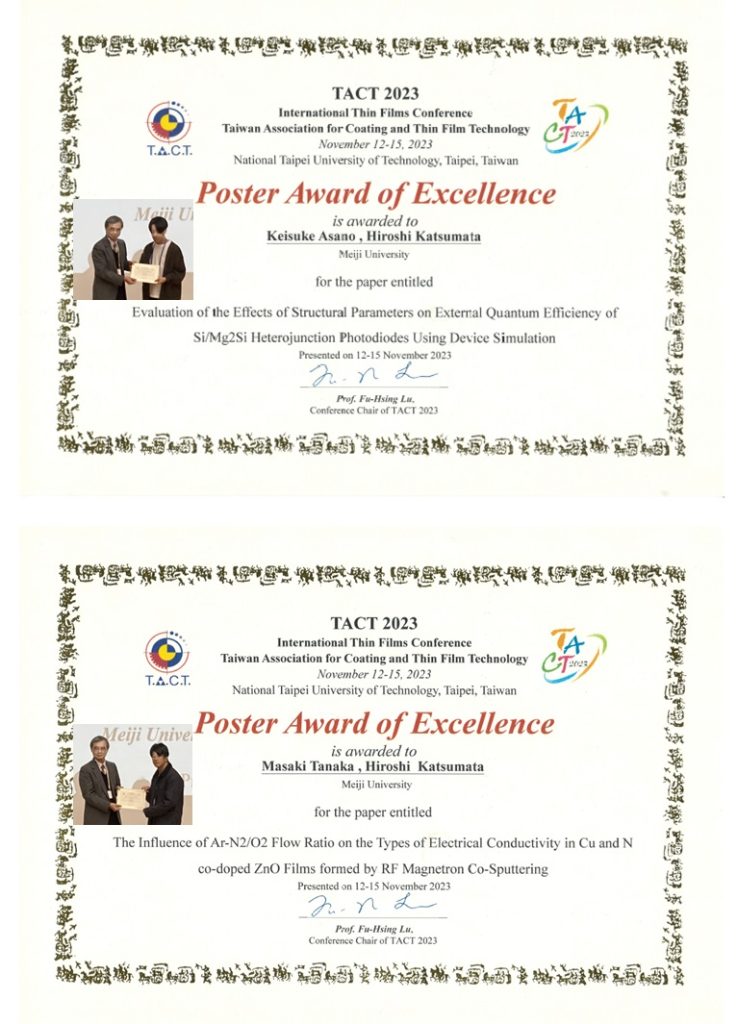Details of the Initiative
Green devices are a generic term for devices and technologies that help preserve the environment, including “energy creation,” “energy conservation,” and “energy storage.” The term “green” refers to “color and freshness” as well as the concept of “preserving (protecting) the environment.” In order to cope with resource depletion and environmental pollution, our laboratory of the Department of Electronics and Bioinformatics is developing materials, processes, and device technologies for green devices using “eco-friendly semiconductors,” which are composed of elements that are abundant on earth and have minimal toxicity to living organisms and the environment. Currently, rare metals and materials containing toxins are used for widely used visible light-emitting devices. Si-based semiconductor materials, such as Si and SiC, are abundant in resources and non-toxic, so they are used in many optoelectronic devices. However, their low luminous efficiency is a problem. Nanoparticulate Si-based quantum dots display strong visible light emission and can be used as light-emitting devices. Application to quantum computers and biomarkers is also under consideration. “Green devices” is a field where we can take advantage of the strengths of Japan’s semiconductor technology, which has been actively adding environmentally friendly functions to electric products, and is an industrial field that is expected to lead the global economy in the future.




